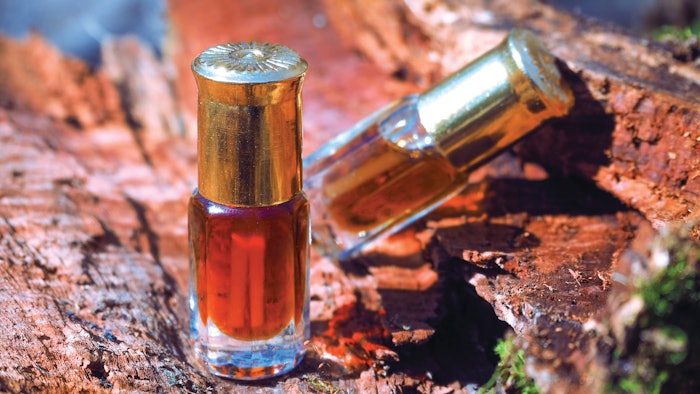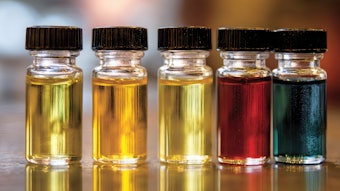
Ahead of the “Formulating with Woods” two-part session at the World Perfumery Congress 2022 (more on page 30, a Quintis expert weighs in on the details of Indian sandalwood following a recent book release digging into the ingredient.
“Indian Sandalwood: A Compendium” deals with history, distribution, propagation, chemistry, utilization, improvement, trade and conservation of the ingredient.1
Being that Indian sandalwood has a long-established history in the art of perfumery, Perfumer & Flavorist+ connects with Andrew Brown, head of Research & Development at Quintis Sandalwood, to discuss determining quality, notable compositions and benefits of the ingredient. Brown also touches on details from the book in terms of opportunities for the future of Indian sandalwood.
Perfumer & Flavorist+ [P&F+]: Could you touch on the analytical methods used in determining the quality of sandalwood?
Andrew Brown [AB]: There are several analytical methods used to assess the quality of Indian sandalwood oil. Firstly, physical chemistry, where the specific gravity, refractive index and optical rotation are used to assess the oil. These parameters are often unique to essential oils and are a valuable tool to determine authenticity. Specific gravity is the density or the mass that 1 ml of oil weighs. Refractive index is the ability of the oil to refract or bend light, and optical rotation is the ability of the oil to rotate polarized light, which is a feature observed in many essential oils.
References:
- Arunkumar, A. N., Joshi, G., Warrier, R. R., & Karaba, N. N. (2022). Indian sandalwood a compendium. Springer Singapore.
For the full article, please check out the Perfumer & Flavorist+ April 2022 issue.










